September 11, 2024 | 10:58 GMT +7
September 11, 2024 | 10:58 GMT +7
Hotline: 0913.378.918
September 11, 2024 | 10:58 GMT +7
Hotline: 0913.378.918

Durian harvesting in the Mekong Delta. Photo: Thanh Son.
Fruits and vegetables are one of the key agricultural products that showed impressive growth in the first half of 2024. According to the General Department of Vietnam Customs, revenue from fruit and vegetable exports reached 3.33 billion USD in the first six months of 2024, marking an increase of 24.3% compared to the corresponding period in 2023.
Durian has been a significant contributor to the success of fruit and vegetable exports. During the first five months of 2024, revenue from durian exports amounted to 919 million USD, which is an increase of 74% compared to the corresponding period in 2023. Additionally, the total revenue from durian exports in the first half of the year is estimated at nearly 1.5 billion USD. Consequently, within just six months, durian has entered the group of products with export values exceeding 1 billion USD.
The surge in durian exports in the first half of the year is primarily attributed to a higher yield volume compared to the corresponding period in 2023. Dang Phuc Nguyen, Secretary-General of the Vietnam Fruit and Vegetable Association (Vinafruit), noted that farmers in the Mekong Delta provinces such as Tien Giang and Vinh Long have increased off-season durian production, thereby significantly increasing output in the first half of the year. The Department of Crop Production estimated that approximately 50 to 60% of the durian farming area in the Mekong Delta is currently producing off-season fruits.
Additionally, adverse weather conditions have significantly reduced the durian yield in Thailand, creating more market opportunities for Vietnamese durian.
The General Administration of Customs of China reported that durian imports into China totaled just over 202,000 tons in the first four months of 2024, marking a decrease of 35.2% compared to the corresponding period in 2024. This decline in imports is attributed not to reduced demand but to a significant reduction in supply from Thailand.
With a shortage of Thai durian, Chinese traders have gradually turned towards Vietnamese durian. Consequently, whereas Thai durian imports into China dropped by 55.2% in volume in the first four months of 2024, Vietnamese durian exports surged by 91.4%, reaching 79,000 tons. As a result, the market share of Vietnamese durian continued to increase exponentially, reaching approximately 40% in the first four months of the year (compared to 35% in 2023).
Notably, off-season durians from the Mekong Delta, along with several main-season durians from the Mekong Delta, the Central Coast, and Southeast regions, contribute to a significant portion of the revenue from durian exports in the first half of the year. This export structure indicates that a substantial volume of durian, particularly from the Central Highlands, will still be available for export in the second half of the year.
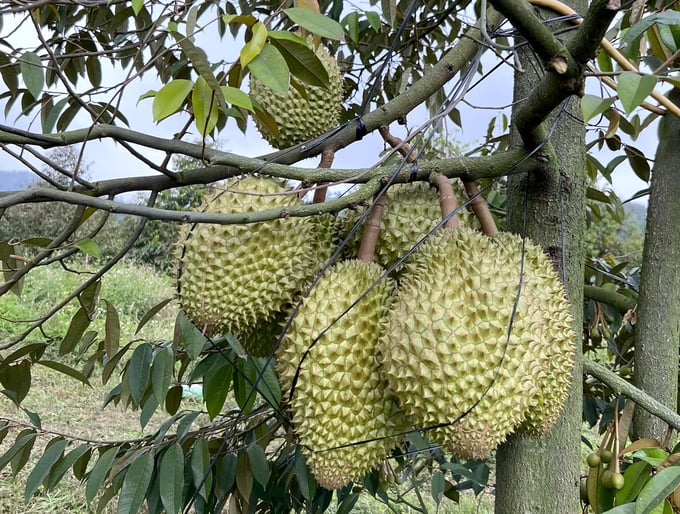
Durians in Tay Nguyen province. Photo: Thanh Son.
According to Nguyen Quoc Manh, Deputy Director of the Department of Crop Production, Vietnam currently houses 150,000 hectares of durian production area, half of which is located in the Central Highlands (over 75,000 hectares).
Vietnamese durian is cultivated in four regions: the Mekong Delta, the Southeast region, the Central Coastal region, and the Central Highlands. The peak durian harvest season lasts from April to the end of the year.
Notably, provinces in the Mekong Delta begins harvesting main-season durian from April until August. Similarly, the provinces of Binh Thuan and Khanh Hoa in the Central Coastal region begins their harvest in April that continues until June. The Southeast region experiences its durian harvest from May to July.
The durian harvest season in Dak Nong province lasts from July to September. Dak Lak province also begins harvesting in July, extending through October. Gia Lai and Kon Tum both have a later harvest season, starting in September and concluding in October. Lam Dong province has the latest harvest season, beginning in October or November.
This pattern of harvest season indicates that Vietnam will continue to see a strong growth in durian exports until the end of the year, when provinces in the Central Highlands begin their harvest. In addition to durians from the Central Highlands, durians from the Mekong Delta, which are harvested during the peak season between July and August, also contribute significantly to exports. Furthermore, durians will also be available for off-season harvest from September to the end of the year in the Mekong Delta (with off-season durian cultivation in the Mekong Delta running from September to the following March). The Southeast region also houses an abundant supply of durian for export.
The increase in Vietnamese durian yield is another crucial factor for boosting export revenues. Secretary-General Dang Phuc Nguyen noted that the majority of durian farms established five to six years prior are currently entering their harvesting phase. As a result, Vietnamese durian yield is projected to increase by 15 to 20% compared to 2023.
With the nationwide increase in yield and more than half of the durian area entering their harvest season from July to November, durian exports in the latter half of the year are expected to increase considerably compared to the first half, potentially bringing the annual export revenue to 3.5 billion USD, which is equivalent to the total vegetable and fruit export revenue in 2021.
Several businesses and cooperatives have noted a strong demand for durians with certified production unit codes for export to China. Dang Thi Thuy Nga, Director of the Xuan Dinh Agricultural Service and Trade Cooperative located in Xuan Loc District, Dong Nai province, reported that with 57 hectares of durian production area certified for export to China, the cooperative has recently supplied 2,000 tons of durians to export companies. These partner companies, located in various regions such as Hanoi, Ho Chi Minh City, and Tien Giang, regularly place orders for export.
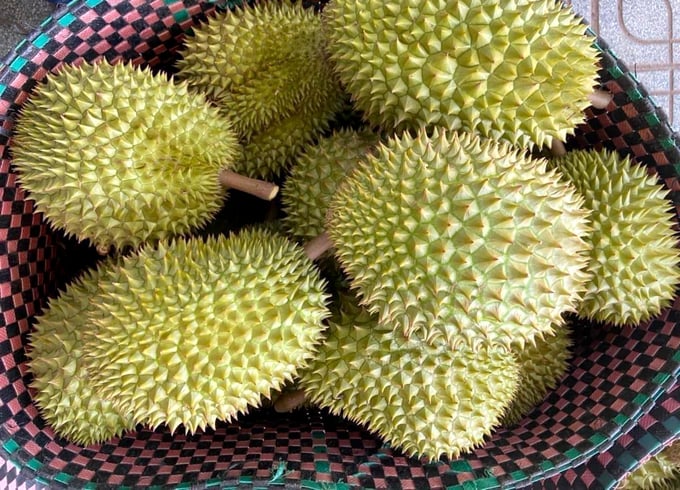
Durian prices in China are falling due to increased competition. Photo: Thanh Son.
A notable issue is the declining price of durian imports into China, the world’s largest durian market. According to the General Administration of Customs of China, the average price of imported durian in April 2024 was estimated at 5.38 USD per kilogram, which is a significant decrease from the average price of 5.63 USD per kilogram in March 2024. The average price of durian imported from Vietnam was estimated at 4.22 USD per kilogram, a decrease of over 1 USD per kilogram from the average price in March, which was 5.23 USD per kilogram.
The decline in durian prices was attributed to the increase in competition among durian-exporting countries. Accordingly, durian production areas and yield in several Southeast Asian countries continue to expand, with additional countries looking to export fresh durian to the Chinese market. In June, Malaysia’s Musang King durian officially began exports to China.
However, Secretary-General Dang Phuc Nguyen dismissed the decreasing price of durian in the Chinese market as cause for concern. From a historical perspective, durian prices in China have remained at a relatively high level throughout the years, limiting access for many consumers. As prices decrease, more Chinese consumers will be able to purchase and regularly consume durian, thereby sustaining demand for durian imports.
Market research reports indicate that the demand for durian in China continues to grow substantially. According to a 2023 report by HSBC, global demand for durian has increased by 400% over the last two years, with China accounting for 91% of this total demand.
According to Mordor Intelligence, the global market for fresh durian was valued at 9.85 billion USD in 2024. The market is projected to grow at a rate of 9.4% annually until 2029, reaching an estimated 15.43 billion USD by 2029.
Translated by Nguyen Hai Long
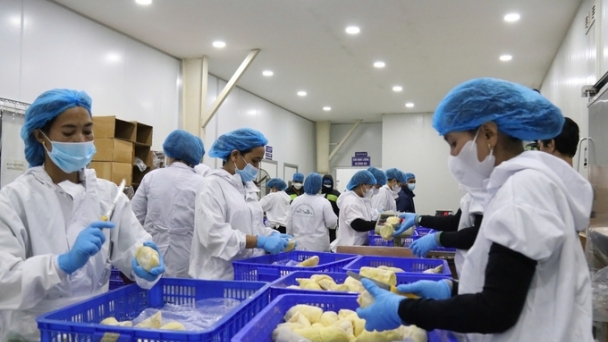
(VAN) Agro-forestry exports generated a total revenue of 22.53 billion USD during the first eight months of 2024, reflecting a growth of 24.9% compared to the corresponding period in 2023, representing 8.5% of the overall total.
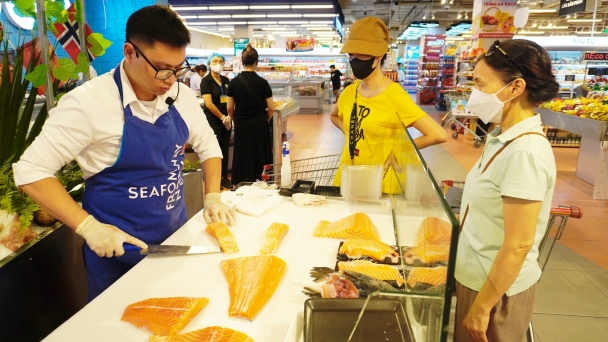
84.6% of Vietnamese consumers prioritize fish and seafood products marked with their country of origin when shopping, a figure that surpasses the global average of 71%.
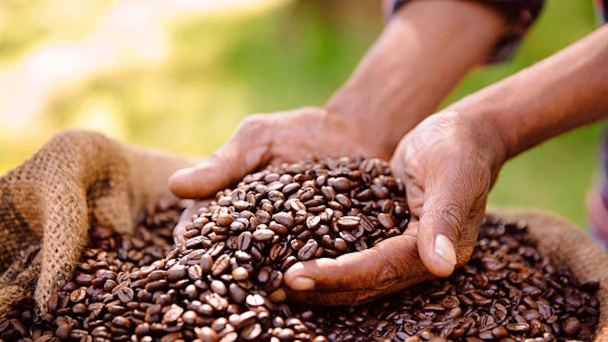
(VAN) Traders are racing to import as much coffee as possible into Europe before the European Union Deforestation Regulation (EUDR) takes effect at the end of 2024.

(VAN) Up to 72% of Vietnamese consumers are willing to pay more for green products. The demand for green products in Vietnam is increasing.
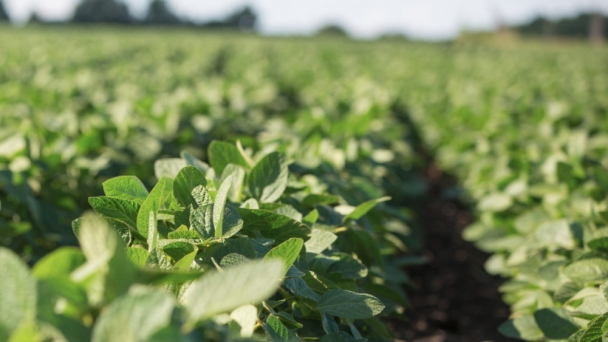
(VAN) As of mid-August, new-crop US export sales to all destinations were the lowest since 2008 for the same period — aside from the low achieved in 2019 during the trade war with China.
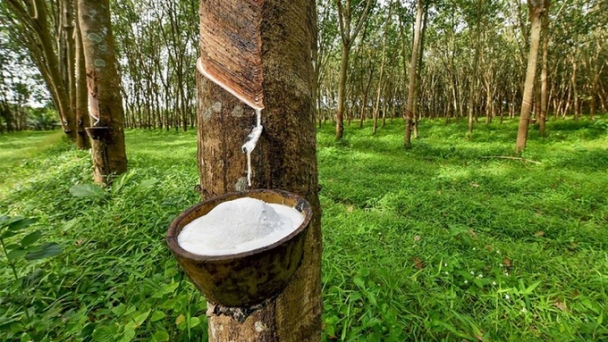
(VAN) From the beginning of August, raw rubber latex prices in provinces and cities have not fluctuated much. At some rubber companies, the purchase price of raw rubber latex remains around VND 345-390 per TSC.

(VAN) The export of wood and furniture is gradually returning to a growth trajectory. Vietnam has become a destination for many international buyers seeking high-quality products.